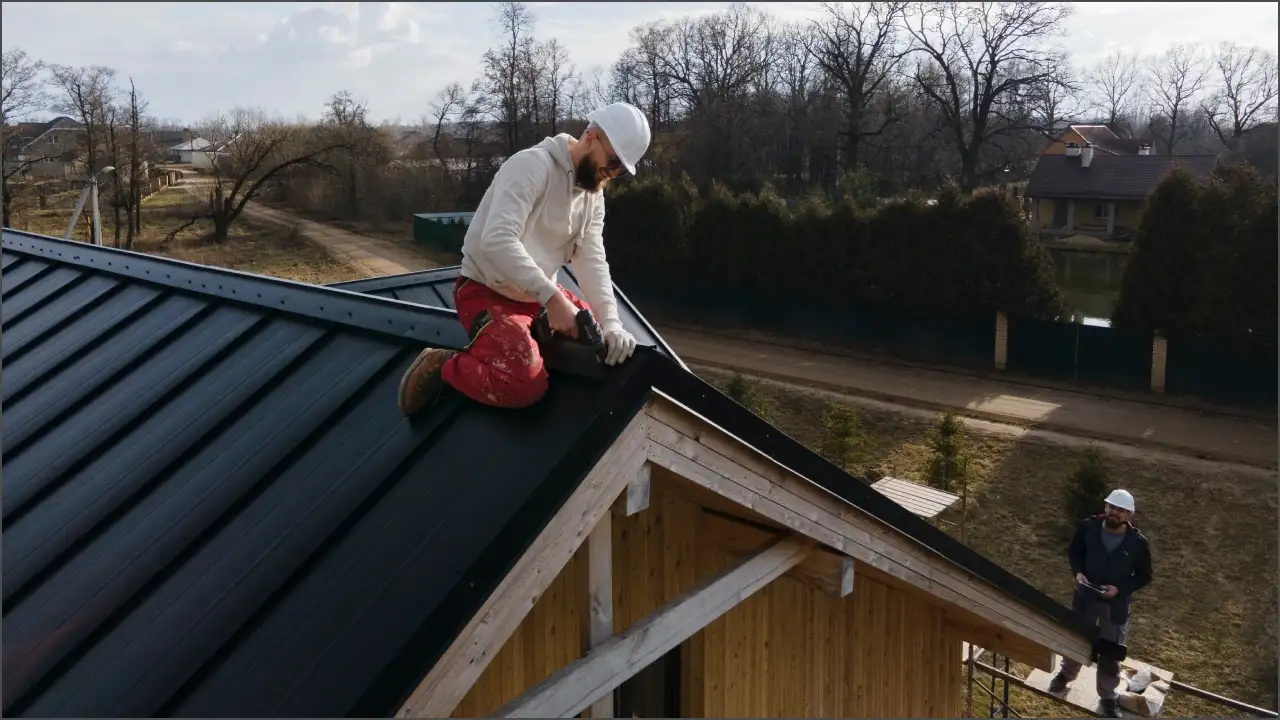A roof replacement can feel overwhelming, especially when you’re unsure where to begin. Between scheduling contractors, selecting materials, and budgeting, it’s easy to miss important details. But with the right plan, the process can go smoothly and even add lasting value to your home. The key is knowing what steps to take before the first shingle comes off.
For homeowners, a full shingle roof replacement is more than a cosmetic upgrade. It protects your home from leaks, improves energy efficiency, and enhances curb appeal. Planning ensures the project stays on schedule and within budget. Let’s explore the simple steps that make your roof replacement stress-free and efficient.
Step 1: Assess Your Roof’s Current Condition
Start by checking the signs that indicate your roof needs replacement. Look for cracked, missing, or curling shingles. Water stains on ceilings or sagging spots are also warning signs. Boise’s seasonal changes, from hot summers to snowy winters, can cause significant wear over time.
If you’re unsure about the roof’s health, call a trusted local professional for an inspection. They’ll tell you if repairs can buy more time or if a replacement is the better option. Early assessment helps prevent emergencies and keeps costs under control.
Step 2: Plan the Budget and Timeline
A clear budget sets the tone for a smooth project. Determine how much you’re willing to spend and factor in unexpected costs, such as replacing damaged decking or vents. In Boise, labor and materials may vary depending on the weather and roofing type.
It’s wise to request multiple quotes from licensed contractors. Compare estimates based on materials, labor, and warranties instead of just price. Plan your replacement during dry months to avoid weather delays and ensure work finishes on time.
Step 3: Choose Quality Materials
Your choice of materials impacts both durability and appearance. Shingles come in various styles, colors, and grades, so take time to explore options that fit your budget and weather conditions. Asphalt shingles remain the most common due to their balance of cost and longevity.
Key materials to consider:
- Asphalt shingles: Affordable, durable, and easy to maintain.
- Metal roofing: Long-lasting and energy efficient.
- Wood shakes: Stylish but require more maintenance.
- Architectural shingles: Premium look with extra wind resistance.
Step 4: Hire the Right Roofing Contractor
The success of your full shingle roof replacement depends on hiring the right professionals. Look for licensed and insured contractors with experience in roofing standards. Check local reviews, visit past projects, and ask for written estimates before signing anything.
Important factors when choosing a contractor:
- Proven track record with shingle installations.
- Transparent pricing and detailed contracts.
- Clear communication from start to finish.
- Strong warranty coverage on both labor and materials.
Step 5: Prepare Your Home for the Work
Once you’ve set a date, get your home ready for construction. Roof replacement can be noisy and messy, so small preparations make a big difference.
Steps to get your space ready:
- Move vehicles and outdoor furniture away from the house.
- Cover attic items to protect them from dust.
- Inform neighbors about the upcoming work.
- Keep pets indoors for safety.
Replacing your roof is a big project, but it doesn’t have to be stressful. Careful planning, smart budgeting, and hiring trusted professionals make all the difference. For homeowners, paying attention to local conditions helps ensure lasting results. A strong, well-installed roof keeps your home dry and adds to its value for years to come. Start preparing early, and your roof replacement will be a success from start to finish.
For more informative articles, visit our site daily.

